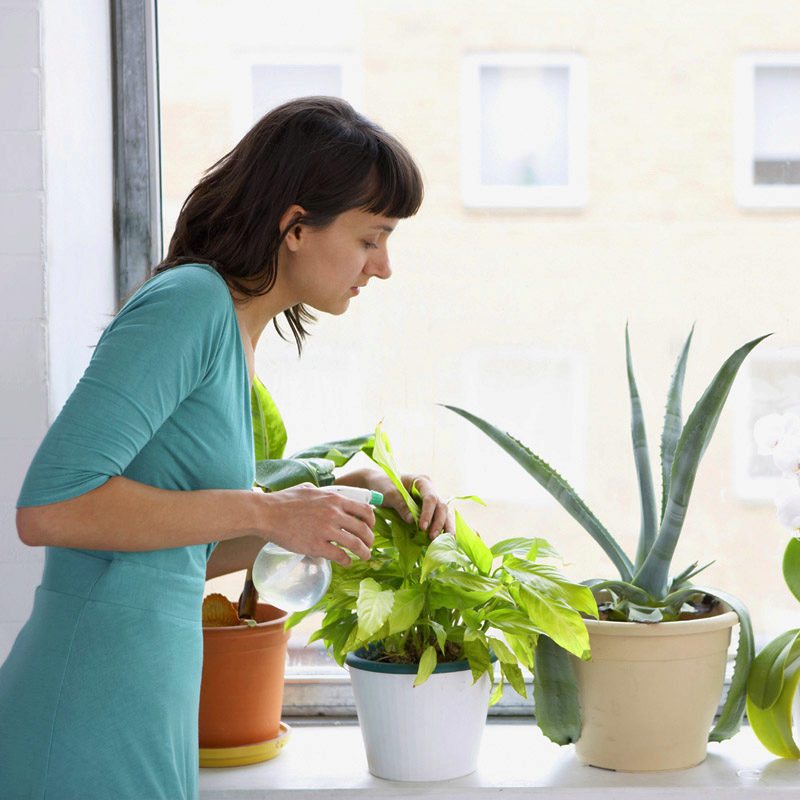
Tips To Improve The Air Quality Inside Your Home
 The Environmental Protection Agency (EPA) recently placed “indoor air pollution” on its list of top 5 environmental dangers. Even if the air inside your home appears clean, there’s a good chance it’s harboring toxins and impurities. Our bodies are designed to withstand small amounts of impurities from the air, but breathing in an excessive amount over a long period of time can lead to allergies, asthma, cardiovascular disease and numerous other health problems.
The Environmental Protection Agency (EPA) recently placed “indoor air pollution” on its list of top 5 environmental dangers. Even if the air inside your home appears clean, there’s a good chance it’s harboring toxins and impurities. Our bodies are designed to withstand small amounts of impurities from the air, but breathing in an excessive amount over a long period of time can lead to allergies, asthma, cardiovascular disease and numerous other health problems.
Common sources of air contamination inside the home:
- Materials and fabrics with volatile organic compounds (VOC)
- Tobacco smoke
- Wood stoves
- Pet dander
- Mold spores
- Dust mites
- Pollen
- Carbon monoxide
- Paint fumes
HVAC Maintenance
The first step towards improving the air quality inside your home is to give your heating, ventilation and cooling (HVAC) system a little TLC. I think most people have been guilty of allowing their air filter to go unchanged for longer than the recommended 30-day period, and while this probably won’t damage your system, it can reduce its effectiveness at removing impurities and toxins from the air. Air filters are inexpensive and can be purchased for a couple bucks a piece, so it’s not a bad idea to stock up on them for instances when you run out.
In addition to changing your air filter once a month, you may also want to hire a professional HVAC technician to perform a routine tuneup. A basic HVAC tuneup will ensure your system is working properly and not suffering from any underlying mechanical and/or electrical issues. For the cost, there’s no easier or cheaper way to improve your home’s heating and cooling than by investing in a tuneup.
Houseplants
Plants are mother nature’s own air filters, so consider adding a couple inside your home. When mold, dust or other impurities hit their leaves, the plant absorbs them while simultaneously releasing fresh oxygen back into the air. A couple decades ago, NASA performed a study to determine which plants were the most effective at filtering impurities from the air. See the list below for some the top plants from NASA’s Clean Air Study.
Here are some of the top houseplant varieties for filtering air:
- Dwarf date palm (Phoenix roebelenii)
- Areca palm (Dypsis lutescens)
- Boston fern (Nephrolepis exaltata ‘Bostoniensis’)
- English ivy (Hedera helix)
- Lilyturf (Liriope spicata)
- Spider plant (Chlorophytum comosum)
- Peace lily (Spathiphyllum ‘Mauna Loa’)
- Bamboo palm (Chamaedorea seifrizii)
- Heartleaf philodendron (Philodendron cordatum)
- Barberton daisy (Gerbera jamesonii)
- Moth orchids (Phalaenopsis spp.)
- Dumb canes (Dieffenbachia spp.)



